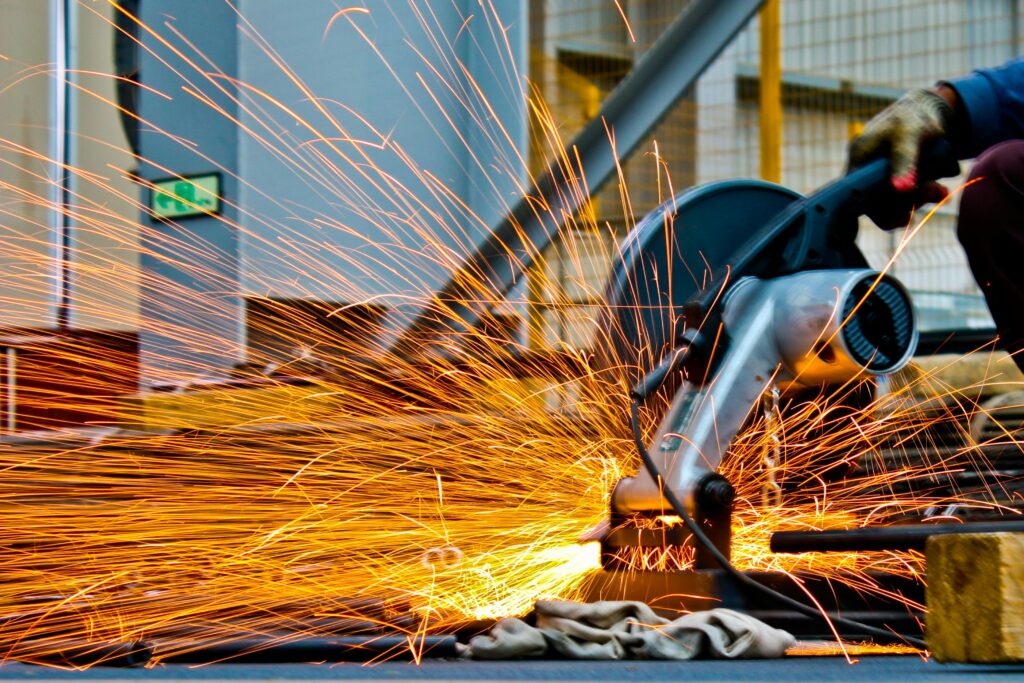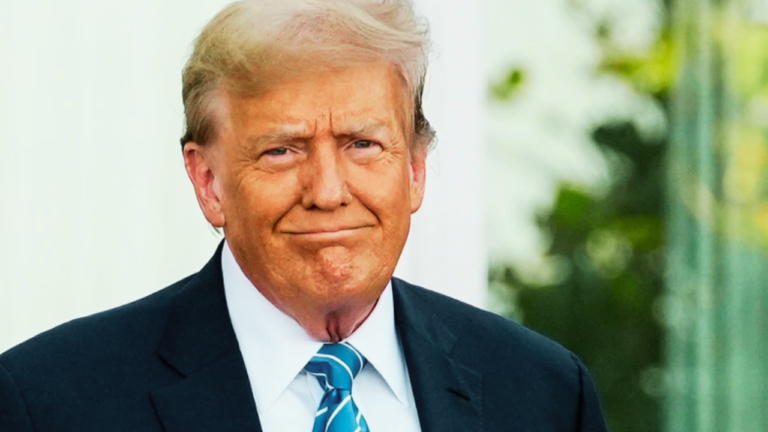
President Donald Trump has announced a 25% tariff on all steel and aluminum imports to the U.S., aiming to boost domestic production and reduce reliance on foreign materials.

He emphasized the importance of manufacturing these metals in America, stating, “This is the beginning of making America rich again.” Trump also suggested that future tariffs could target other industries, including pharmaceuticals and computer chips.
The new tariffs are expected to affect Canada’s exports significantly, as it supplies over 50% of the aluminum imported into the U.S. Canadian officials have strongly criticized the move, with Innovation Minister François-Philippe Champagne calling it “totally unjustified,” arguing that Canadian steel and aluminum are vital to key U.S. industries. Ontario Premier Doug Ford also expressed concerns about the economic risks posed by the tariffs.
In the U.S., the announcement boosted stock prices for major steel producers, with Cleveland-Cliffs shares rising nearly 20%. However, the broader market response was cautious, reflecting doubts over whether Trump would follow through, given his previous history of postponing tariffs or negotiating exemptions. The new measures are set to take effect on March 4, 2025.
President Donald Trump has called his new 25% tariff on steel and aluminum imports a crucial step towards revitalizing American industries, stating, “This is the beginning of making America rich again.” He emphasized that the U.S. needs these metals produced domestically rather than relying on foreign countries, and assured that the tariffs would ultimately lead to lower consumer prices. Trump also hinted at potential future tariffs targeting pharmaceuticals and computer chips.
The U.S. is the world’s largest importer of steel, with Canada, Brazil, and Mexico as top suppliers. Canada alone provides over 50% of the aluminum imported into the U.S., so the new tariffs are expected to hit Canada the hardest. Canadian officials, including Innovation Minister François-Philippe Champagne, criticized the tariffs as “totally unjustified,” arguing that Canadian steel and aluminum are essential to U.S. industries such as defense, shipbuilding, and automotive.
Ontario Premier Doug Ford also condemned the move, accusing Donald Trump of creating uncertainty and economic risks. Canadian steel producers are calling for immediate retaliation, and some politicians are exploring ways to reduce trade dependence on the U.S.
In the U.S., stock prices for major steel companies, like Cleveland-Cliffs, surged in anticipation of the tariffs, though the broader market remained cautious.Donald Trump’s past history of delaying tariffs or offering exemptions raised questions about the seriousness of his plan.
“This is like a replay of 2018,” said Douglas Irwin, an economics professor at Dartmouth College, referring to the uncertainty surrounding Trump’s latest tariff moves. The key question, he said, is whether the tariffs are a bargaining tactic or a genuine attempt to support the steel industry without negotiating with other countries.
Last week, Trump imposed a 25% tariff on all Canadian and Mexican imports but delayed its implementation for 30 days. He also introduced a 10% tariff on all Chinese imports, which prompted retaliation from China.
A tariff is a domestic tax placed on goods entering a country, based on their value. Many world leaders are concerned that higher tariffs will make it more expensive to sell goods in the U.S., the world’s largest economy.
Trump sees tariffs as a way to protect jobs, boost the economy, and generate tax revenue. However, U.S. industries that rely on steel and aluminum, like construction and manufacturing, have raised concerns over rising costs.
In his first term, tariffs increased the price of steel by 2.4% and aluminum by 1.6%, according to the U.S. International Trade Commission. Stephen Moore, a former adviser to Trump’s campaign, argued that tariffs were not an effective way to create jobs, viewing the move as more of a negotiating tactic than a long-term strategy.
Trump officials say the new tariffs are intended to prevent countries like China and Russia from bypassing tariffs by routing cheap goods through other nations. They also introduced new standards requiring steel and aluminum to be produced in North America.
Nick Iacovella from the Coalition for a Prosperous America, which supports the tariffs, expressed concern over an increase in steel imports from Mexico. However, he noted that the trade imbalance with Canada remains a key issue, with the U.S. importing more from Canada than it exports. He believes Trump is addressing this imbalance by targeting both Canada and Mexico for their trade practices.






